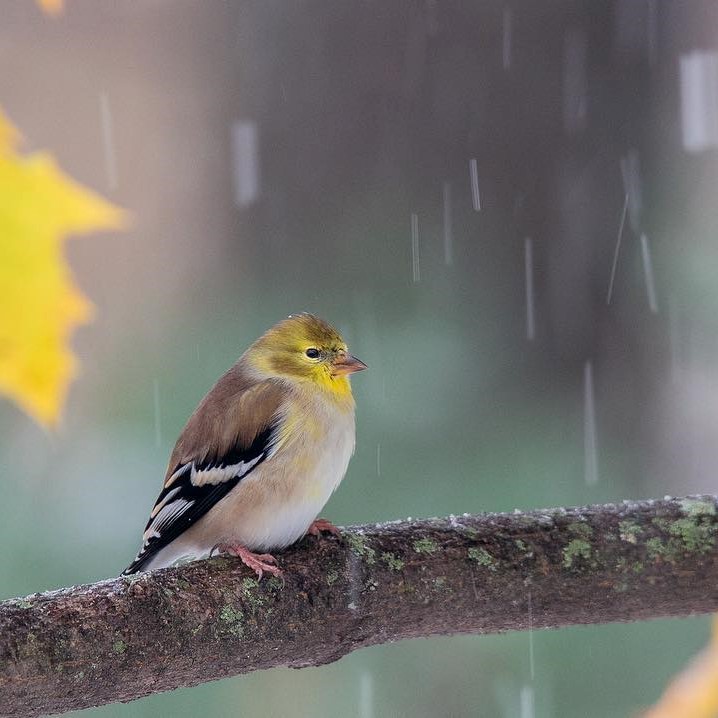Winter Bird Surveys

Birds that depend on grassland and shrubland habitats are experiencing a greater decline than any other group of birds in North America. Habitat loss and degradation on breeding and wintering grounds are among the leading causes of these declines. Using public and private lands in northern Virginia, VWL’s Dr. Amy Johnson and colleagues at Smithsonian Conservation Biology Institute and George Mason University explored benefits of grassland management and field structure on overwintering bird species. The study compared species richness and habitat associations of grassland and shrubland species during winter in native warm-season grass (WSG) fields and nonnative cool-season grass (CSG) fields that were managed at different times of year.
Grassland specialists, like Horned Larks and Eastern Meadowlarks, were found to prefer fields dominated by short grasses in winter, which were most often associated with managed CSG fields. Shrubland bird species, like Field Sparrows and Song Sparrows, were found to prefer structural characteristics most often associated with WSG fields, such as increased vegetation structure and height, and increased percentages of woody stems, forb cover, and bare ground. Regardless of field management timing, WSG fields supported higher species richness compared to CSG fields and WSG fields left fallow for the winter had the highest species richness of any other treatment group. Regardless of field type, fields left fallow for the winter had higher species richness than fields managed in the summer or fall, demonstrating that even leaving CSG fallow for the winter can have a positive impact. Authors use results to recommend that management of fields, regardless of field composition, be deferred until late winter/early spring to optimize cover for overwintering bird communities and emphasize that converting CSG fields to WSG can further enhance fallow winter habitat.
Collaborators and Primary Investigators:
- Amy Johnson – Virginia Working Landscapes
Project Impact:
Paper published in the Journal of Wildlife Management: Effects of grassland management on overwintering bird communities
In The News:
SUPPORT VWL
VWL is supported 100% by grants and donations and our work is made possible by the generous contributions from our community.
The Smithsonian Institution is a 501(c)(3). All contributions are tax-deductible.
GET IN TOUCH
Virginia Working Landscapes
Smithsonian’s National Zoo and Conservation Biology Institute
1500 Remount Road, MRC 5537
Front Royal, Virginia 22630
SCBIVWL@si.edu
540-635-0035
